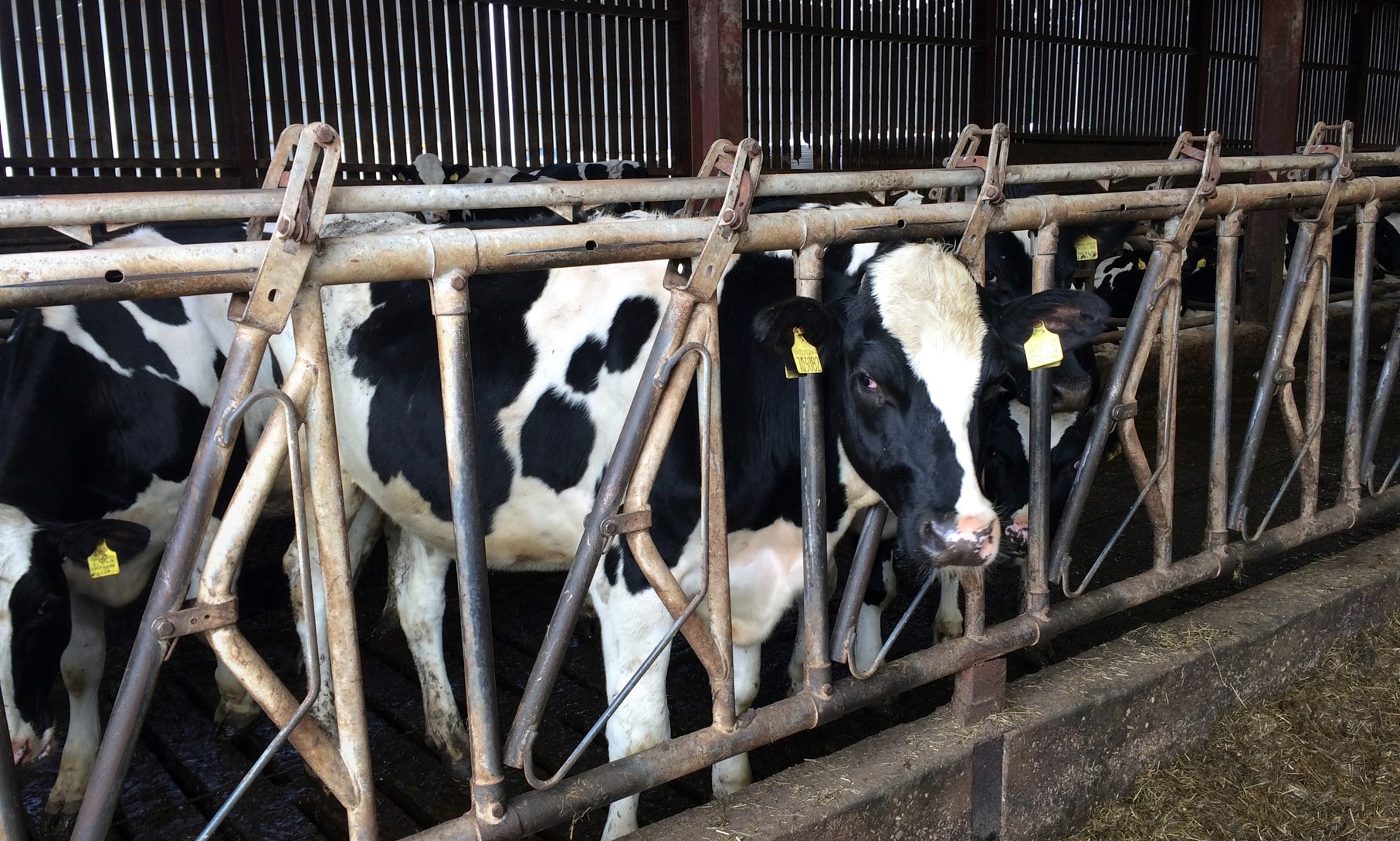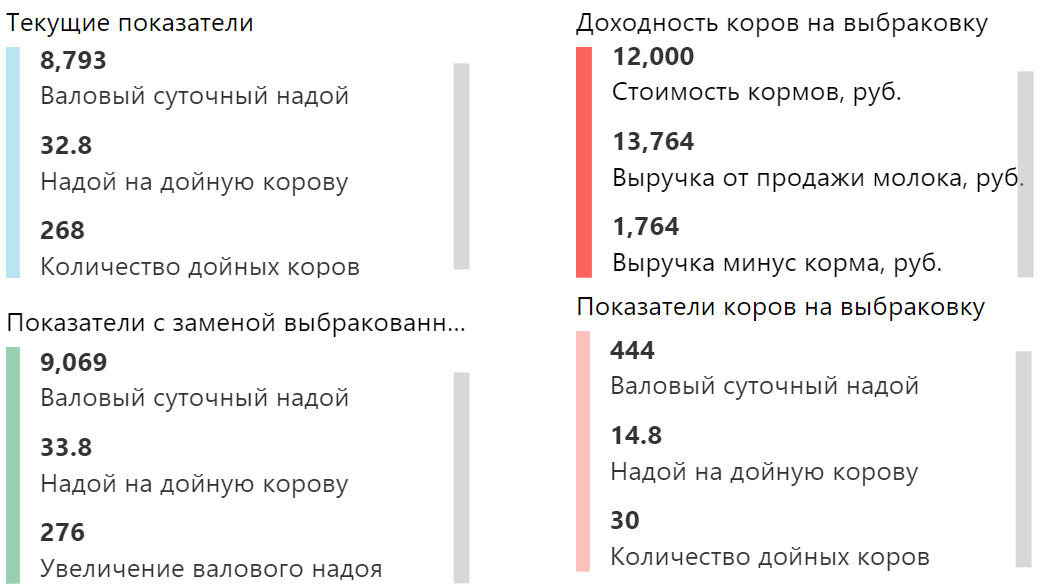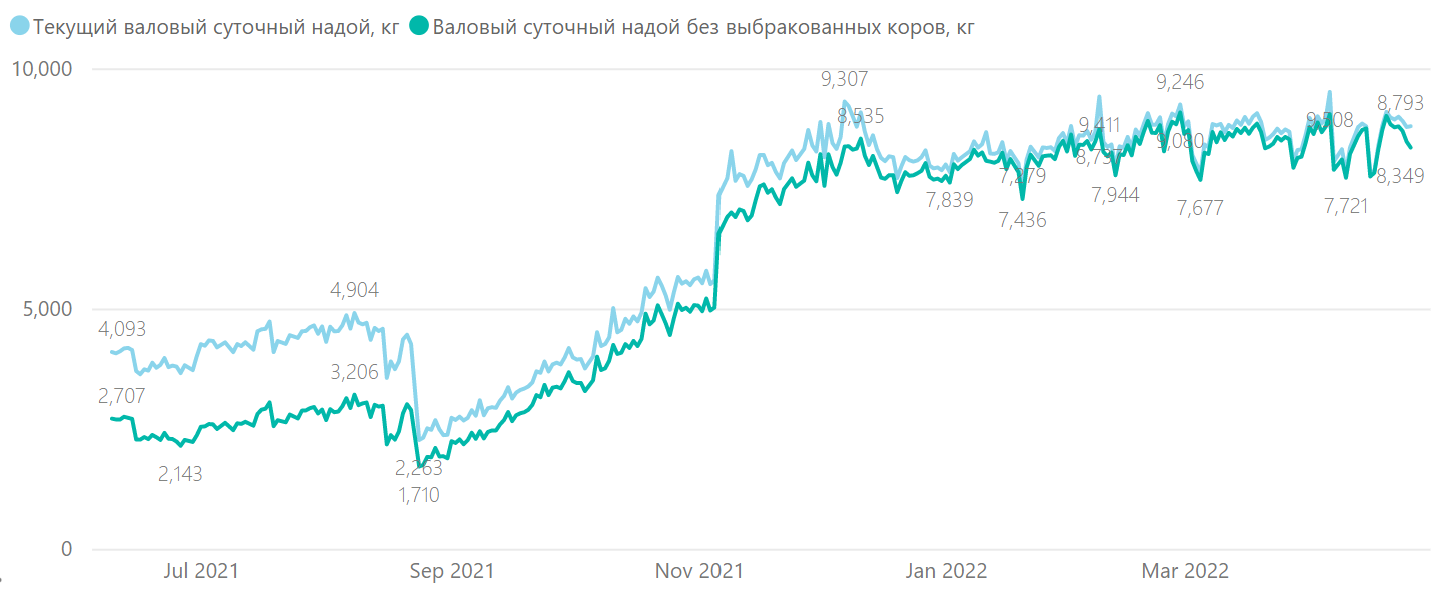Animal culling on a farm from an economic point of view

We have already raised the topic of culling in this article and promised to share the results of the development and use of automated culling reports. The essence of culling is the need for a systematic replacement of animals in the herd to ensure a high, and, most importantly, stable level of milk production in the whole farm. Of course, there is the concept of "force majeure" culling, mainly associated with unscheduled culling due to animal injuries or diseases. But we generally need to focus on economically viable culling in the herd. There are quite a lot of criteria for such a culling, and we described them in the previous article, but now we will show how, taking into account several basic criteria, using a specialized culling report, we can select animals in automatic mode.
Let's first describe the necessary requirements for creating and using such a toolkit.
1. First, a herd automation system should be introduced on the farm, which takes into account daily milk yields for each animal. Therefore, we can apply similar mechanisms to farms using parlors and individual animal identification. This does not mean that it is impossible to create such a toolkit on farms with tethered cows without automated identification, it is quite possible to develop an appropriate methodology on the data of control milkings (in fact, we have developed such a methodology and apply it in the respective farms), but in this case we have less opportunities for prompt response to unexpected changes in milk yields for specific animals. Therefore, further we will demonstrate the capabilities of such tools using the example of a farm with free-standing housing and milking animals in the milking parlour.
2. Secondly, we need to determine the minimum number of indicators to be culled, which have the greatest impact on the process from an economic point of view.
3. Thirdly, we must understand and take into account the most detailed parameters and events for each animal when culling, so as not to accidentally cull an animal that can be returned to high productivity with the help of certain zootechnical or veterinary manipulations.
In fact, we indicate only the basic requirements. Depending on the specifics of the economy, its production plans, contractual obligations, etc. there may be more such requirements. Therefore, we adapt the automatic culling toolkit for each of our clients.
So, in our example, we will use several non-adjustable criteria, and several criteria that the DPA user can select or set. Non-regulated criteria are "hardwired" into the software and in some way are our "know-how", so we will now list the regulated criteria, which are either filters that allow you to select animals that match these filters, or parameters that the user can set at his discretion . We refer the following indicators to the filters: farm (in case there are several farms for one client), section (department), group of animals, lactation number, reproductive code. In addition, there are cases when the animal identification system does not allow linking milk yield to a specific animal, for example, when the sensor or ear tag is faulty, in this case we can filter the herd based on the presence of animal milk yield of more than 0 kg. per day.
But in our example, we will refer to the user-configurable parameters the number of days for calculating the minimum milk yield, the minimum average daily milk yield per head, the milk yield of cows that will replace the culled ones, the cost of feed per head per day (in the diet of a dairy livestock) and the cost of a kilogram of raw milk .

This technique works on the principle of "what if" analysis. We change this or that parameter, assuming it as the basis for the calculation, and DPA performs the calculation and as a result we get a list of animals that correspond to this parameter.
For example, the above criteria in the herd correspond to 30 animals, which, according to the formula “revenue minus feed”, give an income per day of only 1,764 rubles at a price of 31 rubles per kilogram of raw milk, i.e. in fact, the maintenance of these animals is unprofitable. At the same time, after the culling of these animals due to the introduction of heifers with an average milk yield of 24 kilograms of milk per day, we will get an increase in the average milk yield for the herd by 1 kg. and a total increase in milk by 276 kg. per day, and this increase will be more than 8.5 thousand rubles for this department.

Next, the specialist must work with the list of animals proposed by the automated culling system, analyze all the events associated with each animal, work out the possibilities for correcting the situation, because very often this list includes cows that are not detected as sick, while they may have an injury or disease which the attendants "did not see". After the final determination of the list of animals for culling, the farm conducts appropriate procedures.
The result of this process is the result we need to increase the economic efficiency of the farm, milk production and stability of the production process.
Pay attention to how systematic work with the herd, including the timely culling and repair, allowed to increase and stabilize the average milk yield on the farm in less than a year.

For advice on the methodology and demonstration of the work of Dairy Production Analytics, leave applications in the form below.
Elin Alexander, general director of ALAN-IT LLC.
Ci sono domande?
Contattate i nostri esperti per saperne di più
